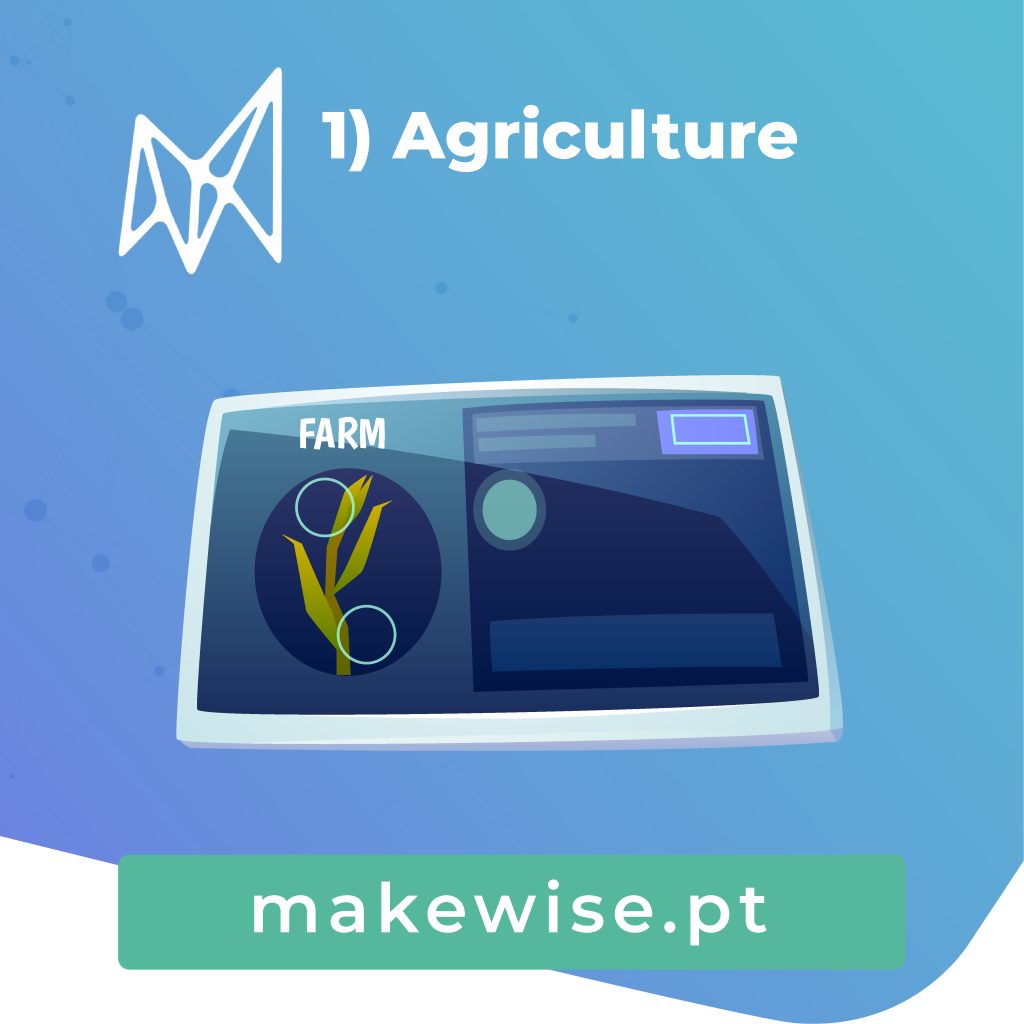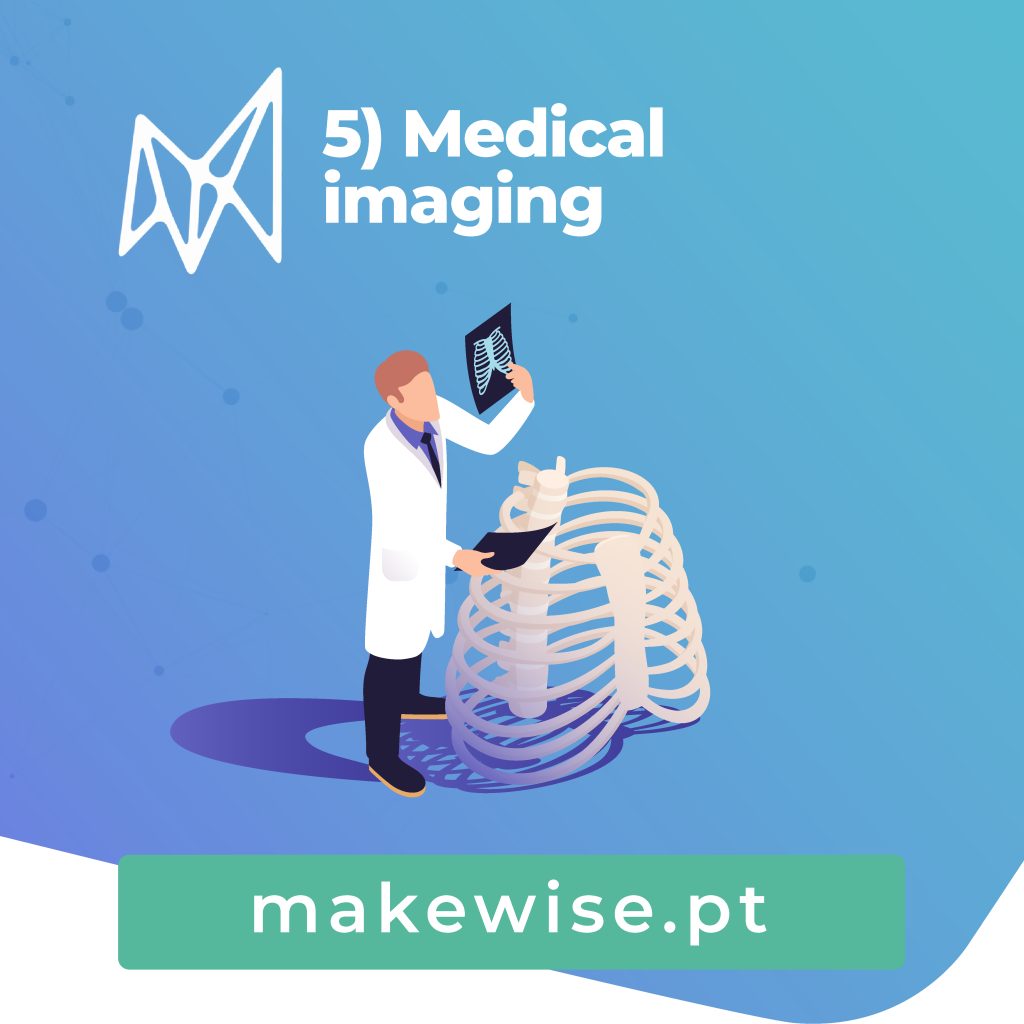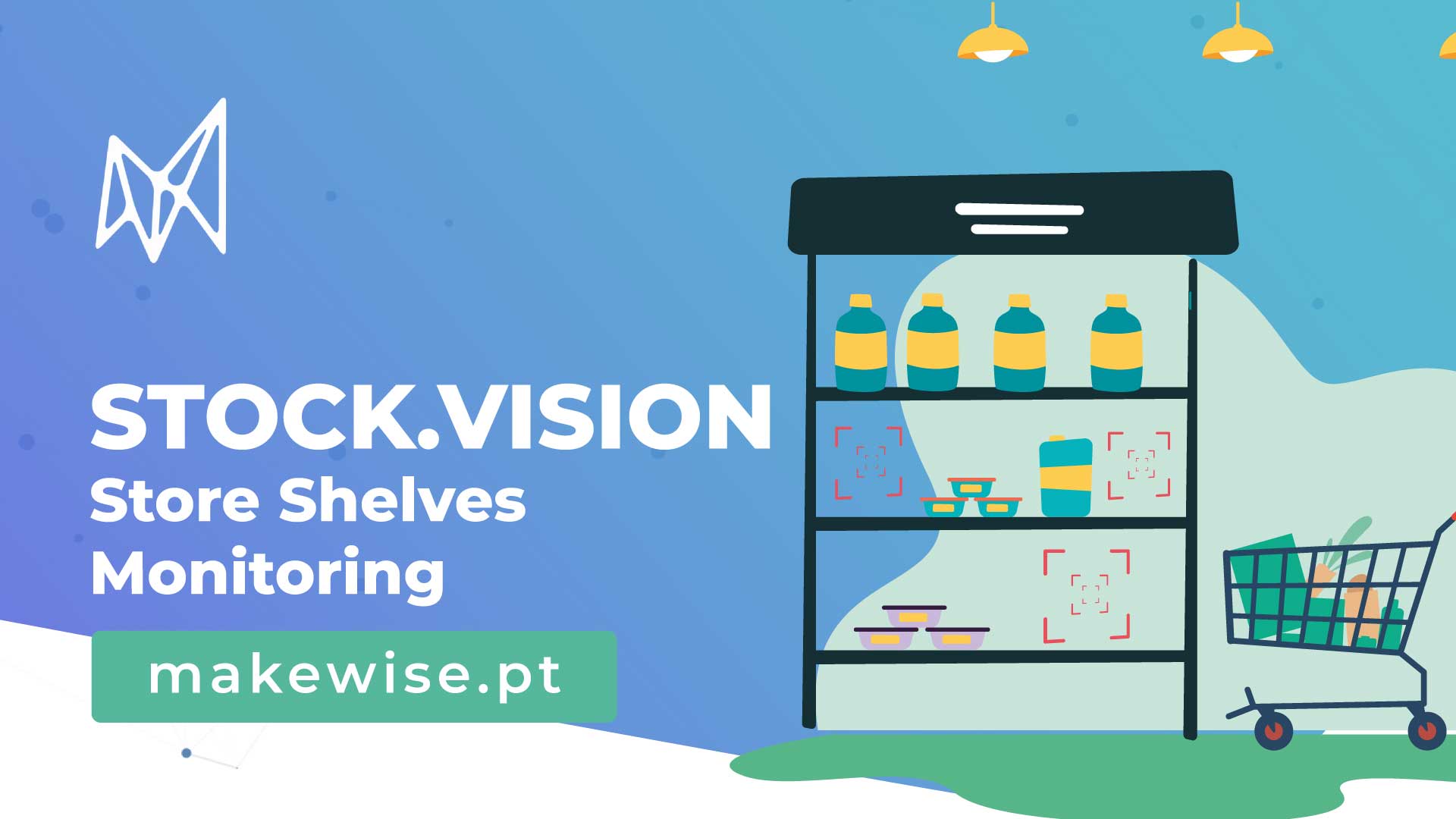On our previous article, we told you about Image Annotation, explaining what it is and why do you need it. Simply put, Image annotation is the process of labelling images to train AI and machine learning models. Usually, it involves human annotators using a specific annotation tool to label or tag relevant information in images.
Today, we’ll show you some important use cases for Image Annotation.
Digital images, videos, and deep learning models allow computers to understand the visual world like humans do. Image annotation plays a crucial role in this process. The accuracy of computer vision (CV) models depends on the quality of these annotations. They are used not only for classifying objects and recognizing different classes in an image but also for various other purposes.
Image Annotation use cases
To better understand the advantages of image annotation, we’ll look at some common use cases for it.
Agriculture

The use of AI is becoming prevalent in various industries, including agriculture. Context-driven data labelling plays a crucial role in helping farmers protect their crops while reducing human involvement. Image annotation in agriculture streamlines the following operations:
- Livestock Management – Drones equipped with image annotation enable efficient monitoring of crops and animals, simplifying livestock husbandry.
- Geosensing – Machines can identify soil conditions in the field using semantic segmentation. Deep learning trains large datasets to detect soil conditions accurately.
- Crop Health Monitoring – Computer vision detects infections caused by insects or fungus, promoting crop health through precise annotation.
- Plant Fructification Detection – Image annotation helps determine crop fructification and maturity levels, aiding farmers in harvesting at the right time.
- Unwanted Crop Detection – With proper ML training and image annotation, machines can identify and remove weeds and wildflowers, enhancing crop growth and yield.
Insurance

This is a sector that gains significant benefits from AI. AI must be precisely trained to replace manual damage evaluation, which requires annotated data highlighting vehicle defects. Advanced ML models can predict if a part needs replacement and calculate the replacement cost accurately.
Extensive pattern recognition leads to reduced response times, improved customer experience, and savings in financial and human resources for the insurance industry.
Autonomous driving

Image annotation is crucial for creating extensive datasets to train self-driving software for autonomous vehicles. To ensure vehicle safety, the algorithm must learn to recognize road signs, cycle lanes, traffic lights, potential hazards, optimal weather conditions, and more.
Other implementations of image annotation for autonomous vehicles include in-cabin behaviour monitoring, steering response navigation, on-road object and dimension detection, movement tracking, and LiDAR sensing.
Security and surveillance

The increasing need for security cameras is propelling the ML industry forward. Companies prioritize safeguarding their operations and sensitive data to prevent theft, and accidents. Automating inventory management and surveillance through image processing is valuable.
Image annotation plays a crucial role in security, enabling crowd detection, night vision, thermal vision, traffic motion, face identification for theft detection, pedestrian tracking, and more. ML engineers use annotated images to train high-tech video equipment for round-the-clock security surveillance and create a safer environment.
Medical imaging

Machine learning model training is revolutionizing the medical industry, contributing to the success of modern healthcare. AI plays a crucial role in detecting diseases like brain tumours, and neurological disorders through CT scans and MRI. Well-trained ML models with abundant medical image data enable these advancements.
Image annotation in the medical field extends to various use cases, including analysis for cancer cell detection, kidney stones, teeth segmentation, eye cell analysis, and even microscopic cell analysis at nano levels. Using these datasets, ML models perform deep learning to create automated diagnosis mechanisms for the healthcare industry.
STOCK.VISION: Store Shelves Monitoring by MakeWise

A shelf monitoring solution that provides real time item availability information based on in-store camera footage.
- Uses images from CCTV cameras to monitor
- Real time item availability information
- Alerts with the shelf and product identification
- The shelf is permanently monitored
Confirm all MakeWise’s solutions here and start your business digital transformation journey today. Contact us!

